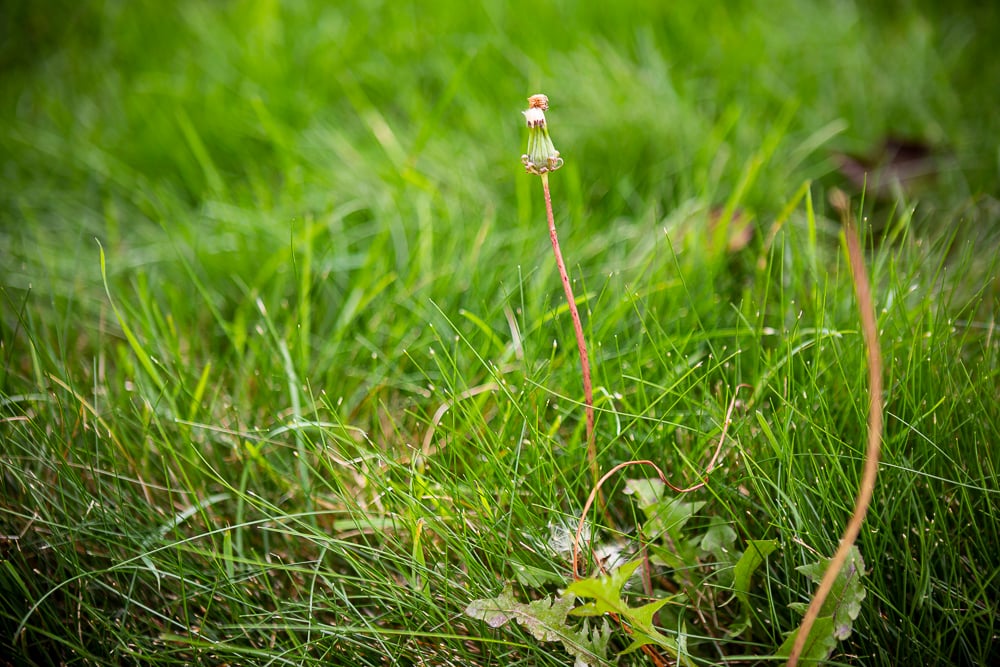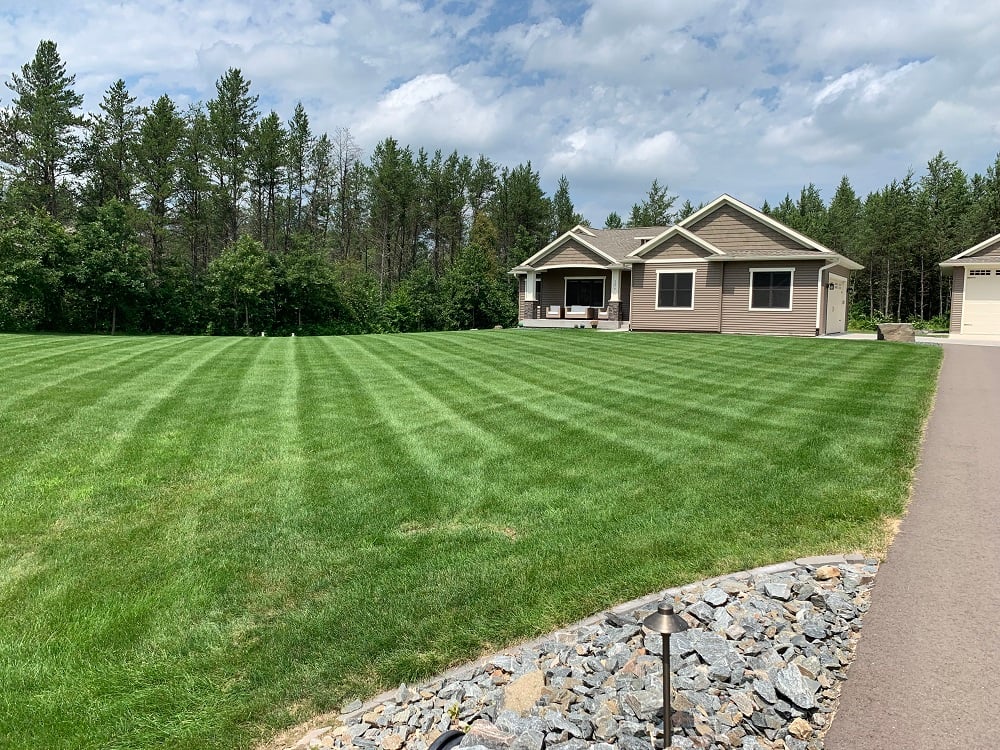Are you tired of having a lackluster lawn? Do you want to achieve that perfectly manicured look that all your neighbors envy? Well, you've come to the right place. We will be sharing some valuable tips on how to mow your lawn like a pro.
From knowing when to mow after a lawn treatment to the importance of mowing at the right height, we've got you covered. But that's not all! We'll also be sharing some essential tips on how to properly maintain your lawn mower and how to mow in different weather conditions.
So, grab a cup of coffee, sit back, and get ready to transform your lawn into a lush and beautiful paradise. And don't worry, we'll answer all your burning questions along the way. Now, let's dive in and discover the secrets to a perfectly mowed lawn.
Should I Mow Before or After a Lawn Treatment?
Many people ask how long to wait to mow after lawn treatment, or if they should mow before a lawn treatment. The rule is actually pretty easy to remember: Don’t mow 24 hours before a lawn treatment or for 24 hours after.
Why?
You want as much surface area of the weeds’ leaves available to "catch" the weed killer. Mowing before a lawn care treatment will cut off those leaves.

After spraying, you want to give the plant time to absorb the weed killer and move it throughout the plant. If you mow it right off, it doesn't have time to make its way through the weeds.
What about fertilizing? Can you mow and fertilize on the same day? Nope. Same rule applies.
As long as we’re talking about mowing rules, there are some other important lawn mowing tips.
Mowing is about more than making your grass shorter. The way you mow has a big impact on the health and thickness of your lawn.
Prep Your Mower for the Busy Season Ahead
Before you launch into the Midwest lawn mowing season in May, make sure your mower blade is sharp, the tires are aired up, and the oil is changed. Do this every month for the best mowing results.
A dull mower blade “rips” the top off a blade of grass, leaving a jagged edge that invites pests and disease.
A sharp blade makes a nice, clean cut, which helps the grass to heal faster and helps it grow thicker.
How Tall Should You Mow Your Grass?
If you’ve hung out here with us at all, you know about mowing tall.
Mow your lawn to remove a third of the current grass height. Grass should be 3 to 4 inches tall after mowing.

As summer progresses, you should keep raising your mower blade. Shoot for 3 inches in June, 3.5 to 4 inches in July and August.
If you mow too short, it actually hurts your grass. When you mow, you’re removing a portion of the leaf surface that creates food through photosynthesis.
Take off too much, and you’re starving your grass.
Taller grass helps a lawn grow thicker and stay greener. Mow too short, and the soil heats up, helping pesky weed seeds to germinate.
Resist the urge to mow extra short for the winter. There’s no reason. Mowing shorter than 2.5 inches will just stress your lawn.
Should You Bag Your Grass Clippings?
Another lawn mowing tip to remember, you don't nee to bag your clippings. Maybe you’re the tidy type, gathering up all your grass clippings in bags and whisking them away.
Meanwhile, your grass is shouting, “Noooooooooo!”
Skip the bags. Those grass clippings can head right back to the soil as mulch.
The bits of grass fall down to the soil level where they’ll begin decomposing, acting as a natural fertilizer your lawn will love.
Hot? Rainy? When to Mow?
Avoid mowing when it’s really hot. It stresses the grass.
Also, avoid mowing when your grass is still wet with dew. Mowing wet grass makes it more susceptible to disease.
 Your mower won’t cut as cleanly when the grass is wet. Wet grass clippings can clog your mower and cause it to toss out clumps of wet grass.
Your mower won’t cut as cleanly when the grass is wet. Wet grass clippings can clog your mower and cause it to toss out clumps of wet grass.
Also, wet grass is slippery. You don’t want to end up with a cast.
Change Your Mowing Patterns
Over time, grass leans in the direction you mow. If you change direction every time, it will help the grass grow straight up versus leaning in one direction.
 Trust Your Lawn Care Treatments to RainMaster in Eau Claire and Minneapolis
Trust Your Lawn Care Treatments to RainMaster in Eau Claire and Minneapolis
Should I mow before lawn treatment? Can I mow and fertilize on the same day? When to mow after a lawn treatment?
Now you know, so you can stop tossing and turning and go back to sleep.
Lawn care can be confusing. There’s a lot to consider. Nobody expects you to know all the answers — unless you’re a lawn care pro.
When you’re ready to put your trust in us, we can’t wait to meet you — and help you make the best choices for your lawn, with a proactive lawn care plan to help it thrive.
That means all the good stuff: Fertilizer. Weed control. Aeration and overseeding. Grub Guard. Proper watering.
Want more answers to your lawn care questions? Request a quote today! We’ll review your lawn care options together so you can make a great choice. Then, you can finally enjoy watching your lawn transform and stop worrying about it.



